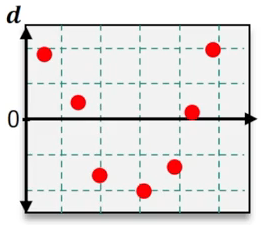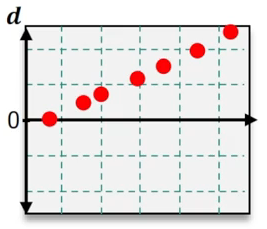Table of contents
- 1. Intro to Stats and Collecting Data1h 14m
- 2. Describing Data with Tables and Graphs1h 55m
- 3. Describing Data Numerically2h 5m
- 4. Probability2h 16m
- 5. Binomial Distribution & Discrete Random Variables3h 6m
- 6. Normal Distribution and Continuous Random Variables2h 11m
- 7. Sampling Distributions & Confidence Intervals: Mean3h 23m
- Sampling Distribution of the Sample Mean and Central Limit Theorem19m
- Distribution of Sample Mean - Excel23m
- Introduction to Confidence Intervals15m
- Confidence Intervals for Population Mean1h 18m
- Determining the Minimum Sample Size Required12m
- Finding Probabilities and T Critical Values - Excel28m
- Confidence Intervals for Population Means - Excel25m
- 8. Sampling Distributions & Confidence Intervals: Proportion1h 12m
- 9. Hypothesis Testing for One Sample3h 29m
- 10. Hypothesis Testing for Two Samples4h 50m
- Two Proportions1h 13m
- Two Proportions Hypothesis Test - Excel28m
- Two Means - Unknown, Unequal Variance1h 3m
- Two Means - Unknown Variances Hypothesis Test - Excel12m
- Two Means - Unknown, Equal Variance15m
- Two Means - Unknown, Equal Variances Hypothesis Test - Excel9m
- Two Means - Known Variance12m
- Two Means - Sigma Known Hypothesis Test - Excel21m
- Two Means - Matched Pairs (Dependent Samples)42m
- Matched Pairs Hypothesis Test - Excel12m
- 11. Correlation1h 6m
- 12. Regression1h 50m
- 13. Chi-Square Tests & Goodness of Fit1h 57m
- 14. ANOVA1h 57m
12. Regression
Residuals
Struggling with Statistics?
Join thousands of students who trust us to help them ace their exams!Watch the first videoMultiple Choice
Which of the following residual plots suggest that a linear regression model is appropriate?
A
B
C
D
 Verified step by step guidance
Verified step by step guidance1
Step 1: Understand the purpose of residual plots. Residual plots are used to assess the appropriateness of a linear regression model. A good residual plot for linear regression should show no discernible pattern, with residuals randomly scattered around zero.
Step 2: Analyze the first residual plot. Check if the residuals are randomly scattered around the horizontal axis (zero line) without forming any systematic pattern.
Step 3: Analyze the second residual plot. Look for any trends or systematic patterns, such as a curve or increasing/decreasing residuals, which would indicate that a linear model is not appropriate.
Step 4: Analyze the third residual plot. Again, check for randomness in the distribution of residuals around the zero line. If the residuals are evenly scattered, this suggests a linear model may be appropriate.
Step 5: Analyze the fourth residual plot. Look for any systematic patterns, such as clusters or trends, which would suggest that a linear model is not suitable. Random scatter indicates appropriateness for linear regression.

 7:38m
7:38mWatch next
Master Residuals and Residual Plots with a bite sized video explanation from Patrick
Start learningRelated Videos
0






